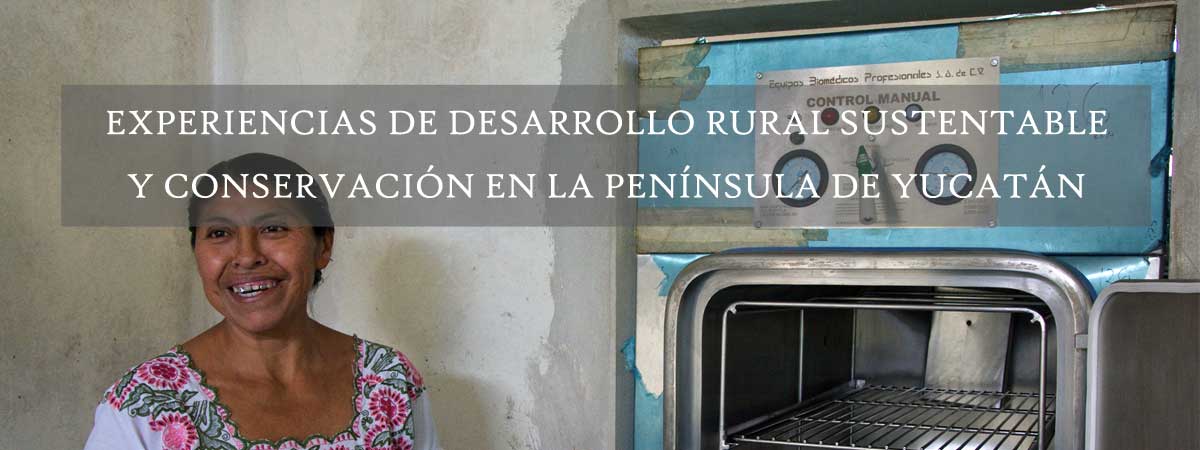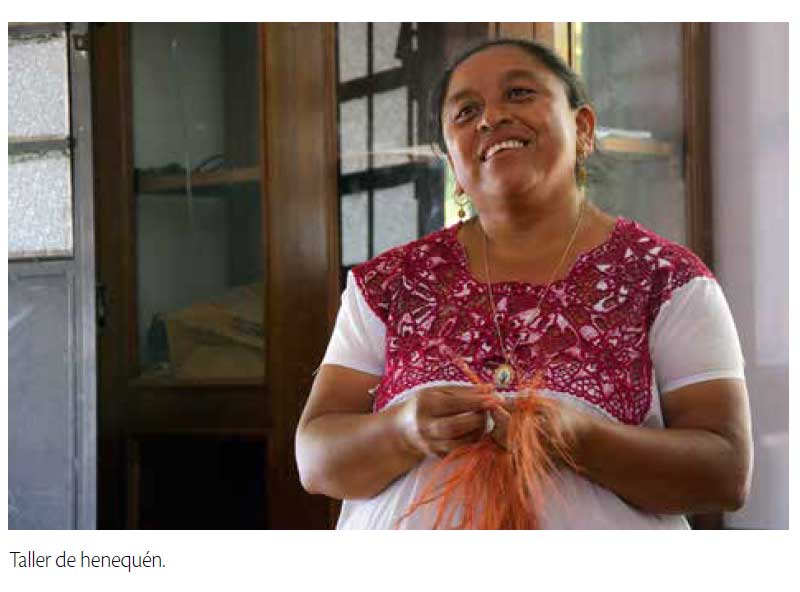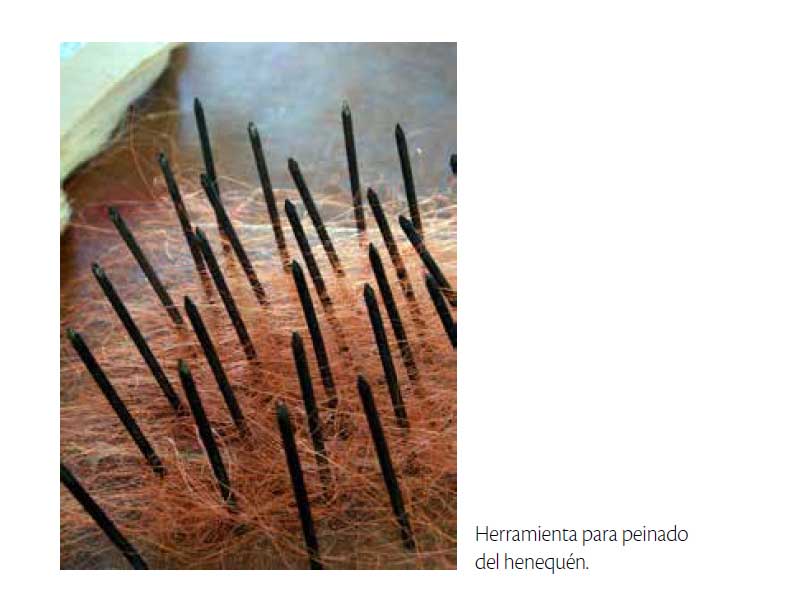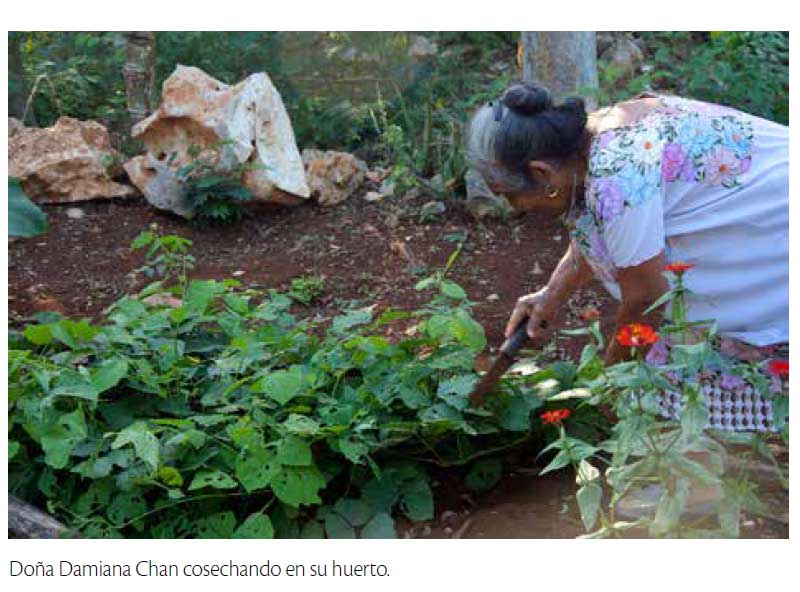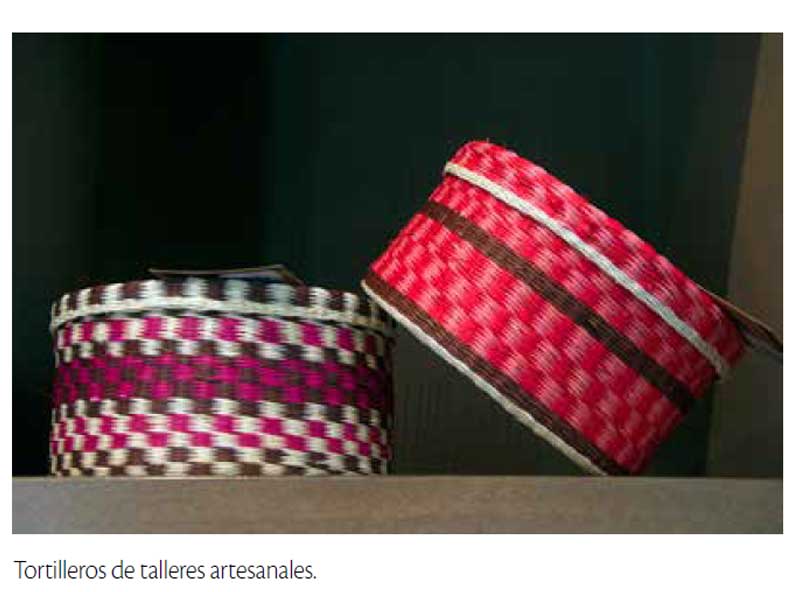Integral community development program

Fundación Haciendas del Mundo Maya (FHMM) is an essential part of this business model: their role is to promote de development of self-managing community-based enterprises that are self-sustaining within five to seven years. Its vision is to get to know and understand in order to transform, and the program has four strategic areas (health and nutrition, education, social enterprises, housing and infrastructure), and two cross-cutting themes (human development and natural resources). With Hurricane Isidore in 2002 the conditions in communities worsened, and an impact assessment indicated that the first step should be focused towards the rehabilitation of housing respecting the original typology of Mayan housing. In this context, a process of fundraising began at a national level with the commitment from the business group, and FHMM was created for implementing the proceeds. With this project, safe housing for 2,357 families was provided in Yucatan, and community centers were built to benefit 56 communities in eight municipalities of Campeche through processes of community organization and participation. And so begins the first phase that lasted two and a half years in 23 communities. It was a success to which new targets were added and became an integral community development program, which twelve years later is still expanding. When the first housing campaign successfully concluded, people in the community asked technicians and managers of the foundation: "now what's next?" An important social capital had already been built in and out of the communities, and it was necessary to define new goals. The question echoed in the hallways, and the answer came fast. In 2003, through an agreement with the Ministry of Rural Development and Fisheries of the State of Yucatan, the opportunity opened to support productive enterprises for women. Given that the group of haciendas already had experience in promoting crafts workshops, this was the profile of the first projects in eight communities. The program was conceived as a way to rescue crafting techniques that had been eroded in the age of henequen. To accomplish this, great craftsmen and women still found in the region were hired to train the local communities in crafts such as in the use of bark for dying, embroidery, silver filigree, weaving hammocks and jipi japa (hat made from palm leaves), among other crafts; always seeking high quality products. Thus, the projects that began in this next fase of work all based themselves on Mayan tradicional knowledge and techniques.
All these cooperatives started with exclusive contracts on haciendas, because it was a time when demand exceeded production capacity, and moreover one of the great challenges in productive enterprises is marketing. In 2008 it was considered that the best scenario would be to create a craft retailer, so the program was reformulated and the Rural Enterprises Seedbed was created with two brands that represent the crafts cooperatives working with FHMM: Taller Maya for crafts, and Traspatio Maya for food.
The program currently has 19 social enterprises, including four self-managed ones, in which there are 179 craftswomen cooperative members (98% women), and about 150 more artisans who work in production for these companies. They are women that had a rate of 80% illiteracy, and today are billing electronically, doing online banking, and have clients in other countries that they contact via internet. Other important components of the program are libraries, the rescue of traditional Mayan medicine with its botanical garden and professional support, backyard orchards, the dejection of infant mortality, the eradication of open air defecation, sanitation campaigns and aquifer protection, strategic reforestation actions and waste management programs. Therefore, the FHMM team decided to refocus the artisan workshops project addressing the expectation of artisan groups to strengthen the frequency and volume of the revenues generated and transform them into social enterprises. This brought the design and implementation of a training program that included administrative, accounting, financial, organizational and commercial development aspects. With the creation of the brand Taller Maya, a strengthening of the business identity and branding of the products was achieved, enabling them to reach new markets with their own distribution centers in buildings of great heritage value in Izamal, Mérida and Campeche.
Another great learning was to invest on people. Operating Las Haciendas through Starwood under the Luxury Collection brand was a great challenge given that its business model is aimed at a high class audience that is looking for an experience in culturally rich areas in the world. Enabling hotels and employing the local population in them, led to people who perhaps had never used sheets, beds, linens, among other things, to have to prepare a room carefully or serve a table. Therefore, it was very important for the business group to integrate the figure of the resident manager who lives on the estate, who knows, accompanies and models the service of each employee. The key in the foundation was to maintain a strong and clear commitment that would go beyond the formal job. "The result is clear, Carola Diez mentioned, the estates were always among the top ten experiences of business hotels in the world, and we must be aware that the brand has hotels in castles in Europe and in the most exotic seas. In 2013, Santa Rosa de Lima was chosen as the best global experience, the number one, and that for us is an incredible achievement", she says proudly. In the words of Carola: "What promotes human development is the individual growth to foster a shared vision of the future, participation and organization. We aim to promote human development in each and every one of the people we work with; to find the expression of growth that people perceive for themselves, the surprise they feel when they see that they can express themselves and that their expression has value; that as people they have value. I think that is the expression we have seen in the communities and that gives value to our work." The achievements of creating self-managed social enterprises with high local training are a sign that the human development approach is successful if sustainable development of resources is to be achieved in the mid and long term. From this point of view, investing in human resources and in strengthening the social fabric of communities is the basis for strengthening the livelihoods from which communities are dependent on. From there it is viable to move towards an upward spiral in strengthening other components of their livelihood, such as financial and natural capital. In the case of the communities with which FHMM works, the first step of livelihoods' strengthening has already been achieved; and sustainable rural development is a fundamental starting point when thinking about conservation strategies in the Mayan Forest where these communities live. |
